Proper distribution of weight on a flatbed trailer is crucial for ensuring safe transportation and maximizing the efficiency of your loads. Uneven weight distribution can lead to a myriad of problems, including unstable handling, increased wear on tires, and even accidents. In this guide, we will delve into the principles and best practices for weight distribution, enabling you to master this fundamental aspect of trailer operation.
Understanding Weight Distribution
Weight distribution refers to the way in which the load is spread across the flatbed trailer axles. Effective weight distribution is not simply a matter of placing items haphazardly on the trailer. It demands careful consideration of various factors, including weight limits, load sizes, and the characteristics of the trailer itself.
Key Factors Influencing Weight Distribution
Total Weight Limit: Each flatbed trailer has a Gross Vehicle Weight Rating (GVWR), which is the maximum weight it can safely carry, including the trailer’s weight itself. Exceeding this limit poses a risk to safety and can lead to vehicle malfunction.
Axle Configuration: Different flatbed trailers have varying axle configurations, which affect weight distribution. For example, a tri-axle trailer can support more weight than a single-axle setup.
Load Characteristics: The size, shape, and weight of your cargo directly influence how it should be loaded. For instance, taller or bulkier items may require unique positioning to ensure stability.
Center of Gravity: Positioning the cargo in such a way that the center of gravity remains low improves stability and decreases the risk of tipping.
Forces During Transport: Consideration must be given to the forces acting on the load during transit, including acceleration, braking, and cornering. An evenly distributed load helps mitigate the adverse effects of these forces.
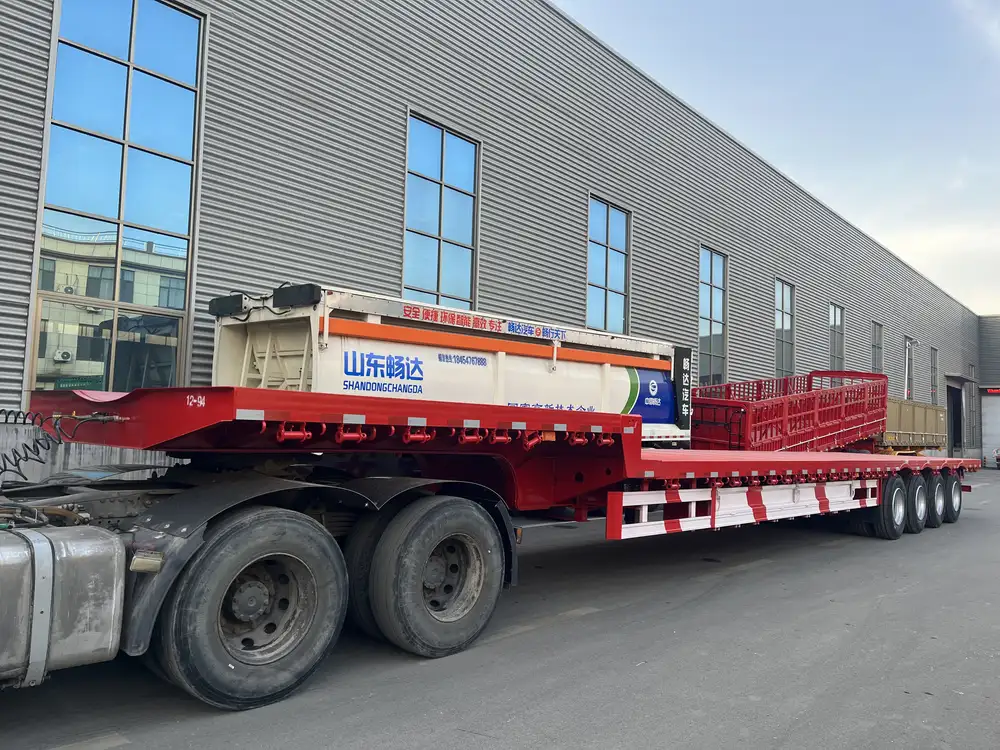
Steps to Achieve Optimal Weight Distribution
Achieving optimal weight distribution on a flatbed trailer involves multiple steps. Carefully following these steps will ensure the safe and efficient transport of your cargo.
Step 1: Calculate the Weight of the Cargo
Before loading, determine the weight of your individual items. If you are unsure, here’s a simple weight estimation table for household items:
| Item | Weight (lbs) | Approx. Dimensions (ft) |
|---|---|---|
| Pallet (standard) | 3,000 | 4 x 4 |
| Steel Beam | 1,000 | 20 x 1 |
| Equipment (e.g., generator) | 200-800 | 4 x 2 x 3 |
Step 2: Determine Load Limits
It is critical to know your trailer’s load limits. This includes both the maximum weight and specific axle limits. Here are general load specifications for trailers:
| Trailer Type | Max Load Capacity (lbs) | Axle Count |
|---|---|---|
| Single Axle | 10,000 – 15,000 | 1 |
| Double Axle | 20,000 – 40,000 | 2 |
| Tri-Axle | 40,000 – 60,000 | 3 |
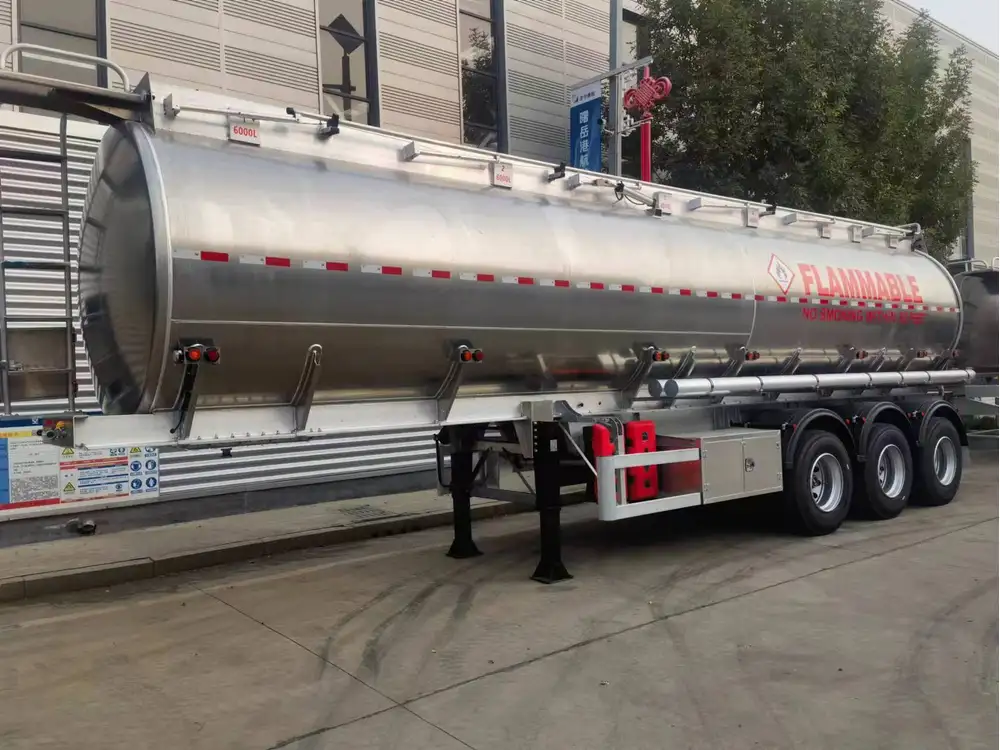
Step 3: Load Positioning
Center the Load
Position your load centrally from front to back. The general rule is to keep heavier items closer to the axles. For example, when loading lumber, stack the heaviest pieces near the center of the trailer.
Distribute Weight Side to Side
Ensure that the load is balanced from side to side. An unbalanced side can lead to swaying during transport, which is dangerous. Use the following tips for setting your load:
- Place heavier items on the lower deck of a multi-deck trailer to keep the center of gravity low.
- Use straps and tie-downs to secure the cargo, ensuring it doesn’t shift during transit.
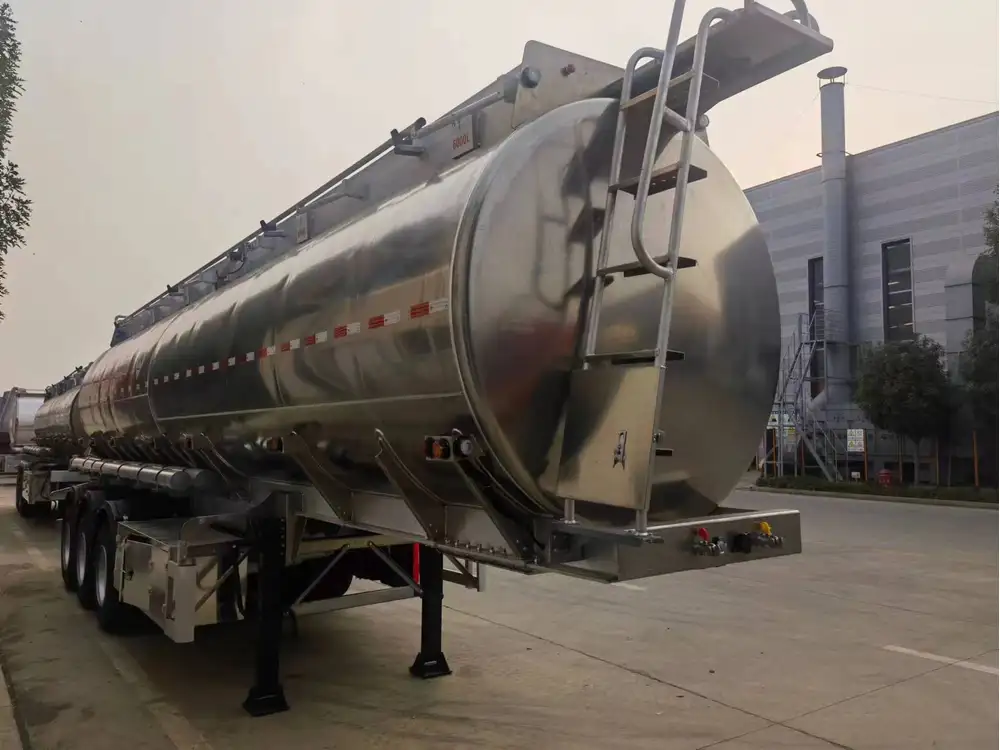
Step 4: Secure the Load Properly
Once positioned appropriately, secure the load using tie-downs, straps, and chains. The National Association of Trailer Manufacturers (NATM) recommends the following tie-down methods:
| Method | Description |
|---|---|
| Ratchet Straps | Used for securing heavier loads, with a mechanical advantage for tightening. |
| Cam Buckle Straps | Ideal for lighter loads, providing easy adjustment without losing tension. |
| Chains | Most secure for heavy machinery or equipment, often requiring specialized knowledge for proper use. |
Step 5: Road Test the Load
Before hitting the road, conduct a final inspection:
- Check the tightness of all securing devices.
- Ensure the load is balanced visually; if it appears skewed, make adjustments.
- Perform a test run at a low speed to feel if the trailer behaves correctly before engaging in highway speeds.
Step 6: Regularly Re-check During Transportation
Monitor the load during stops. Cargo can shift during travel, affecting stability:
- If a significant journey is planned, inspect every few hours or after significant stops.
- Use load monitoring systems if available to ensure proper tracking.
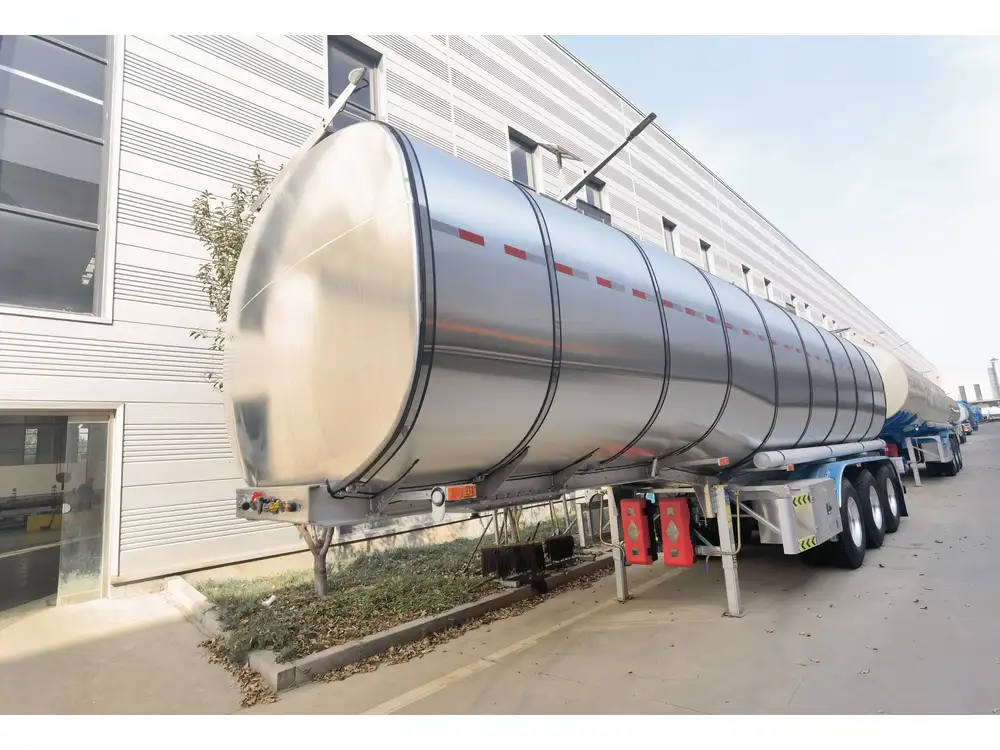
Common Weight Distribution Mistakes to Avoid
- Overloading: Never exceed the GVWR or specific axle weight limits.
- Ignoring Center of Gravity: High centers of gravity increase the risk of tipping—keep it low.
- Neglecting Regular Checks: Failing to inspect cargo shifts can lead to catastrophic failures.
- Inadequate Securing: Always secure loads with sufficient material to prevent movement.
Advanced Techniques for Handling Complex Loads
Certain loads may require advanced techniques for weight distribution. Here are a few specialized approaches:
Use of Load Bars and E-Track Systems
Implementing load bars or an E-track system can dramatically aid in weight distribution by allowing for adjustable placement of tie-down points. This not only enhances security but also promotes better weight balance.
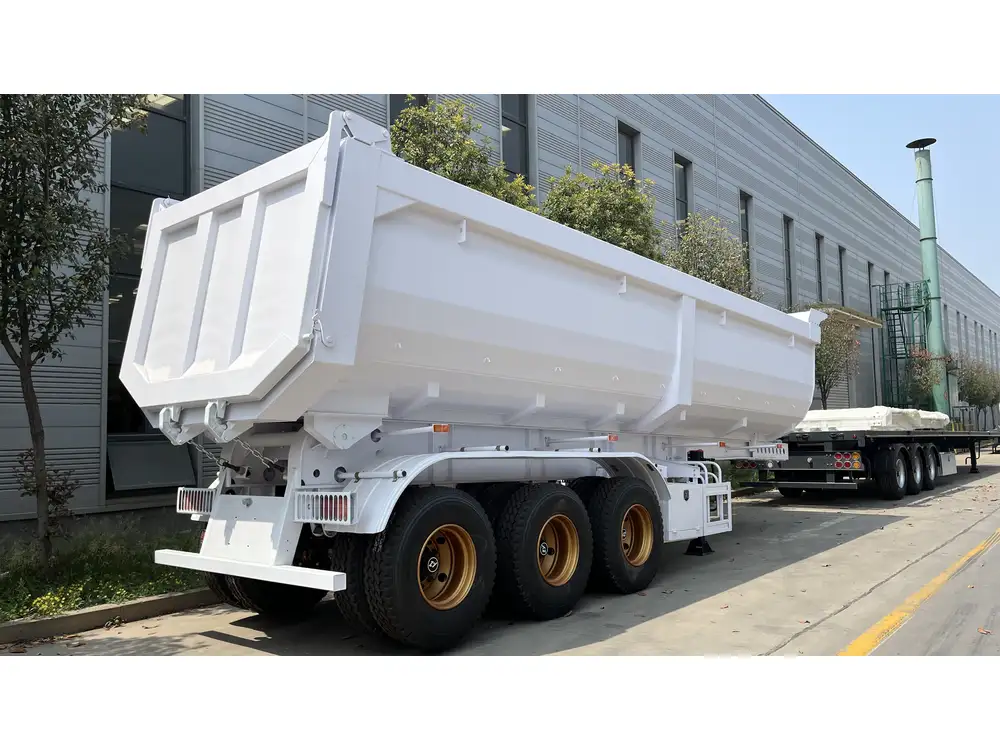
Weight Distribution Hitch for Extended Trailers
For longer flatbed trailers, a weight distribution hitch can facilitate even weight distribution across all axles, improving stability and handling while mitigating excessive wear on tires.
Monitoring Regulations and Compliance
Each state or country may adhere to distinct regulations concerning weight distribution on trailers. Regularly check legal load limits, annual inspection requirements, and guidelines for securing loads in compliance with the applicable law (e.g., Federal Motor Carrier Safety Administration (FMCSA) in the United States).
Conclusion
Distributing weight on a flatbed trailer is not just an operational task; it is a fundamental aspect of safe transport that requires a nuanced understanding of your load, equipment, and environment. Through meticulous preparation, constant attention during transit, and adherence to best practices, we can ensure that our cargo arrives at its destination intact and without incident. Following the steps outlined in this comprehensive guide will significantly enhance safety, efficiency, and peace of mind in the transportation process.
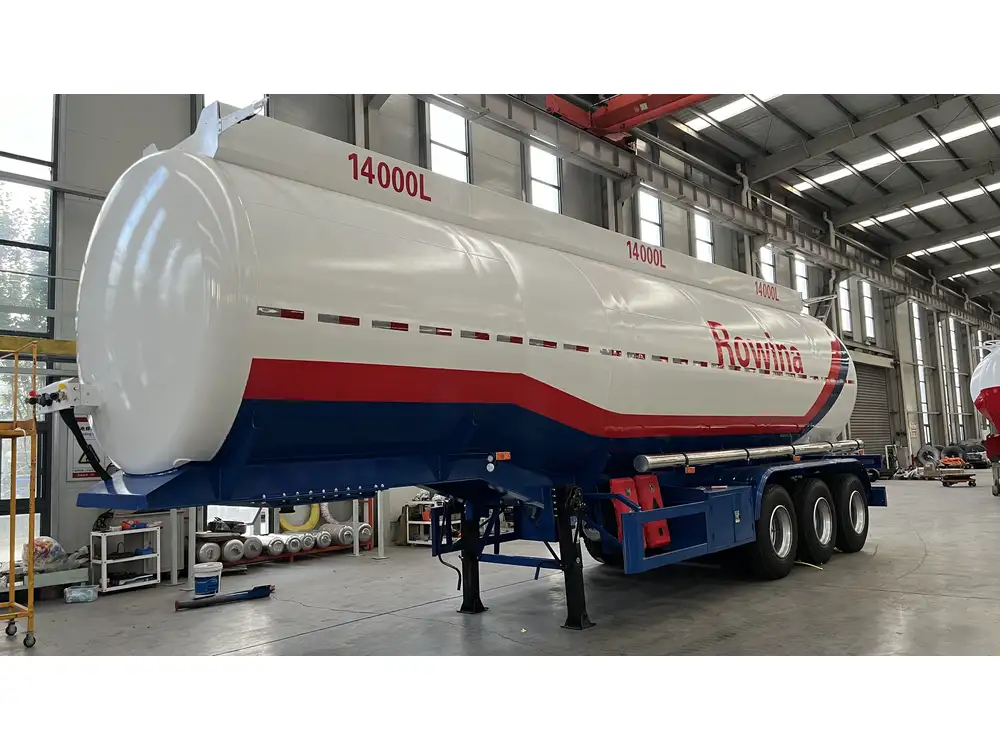
Key Takeaways
- Always calculate the weight before loading.
- Position the load centrally and distribute weight side to side evenly.
- Secure your cargo with the appropriate methods for the job.
- Conduct regular inspections during transit to maintain safety and stability.
By implementing these insightful strategies, you can effectively navigate the complexities of weight distribution on a flatbed trailer—vital knowledge that ensures not only compliance but also the overall success of your transport operations.



